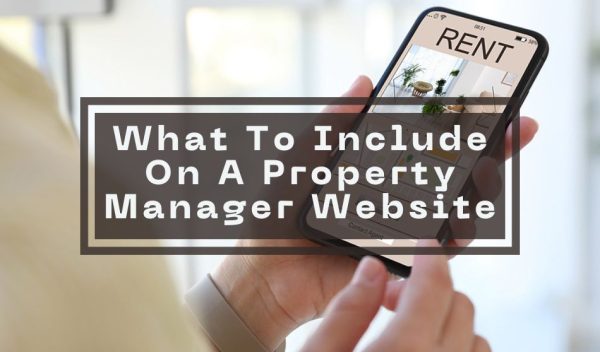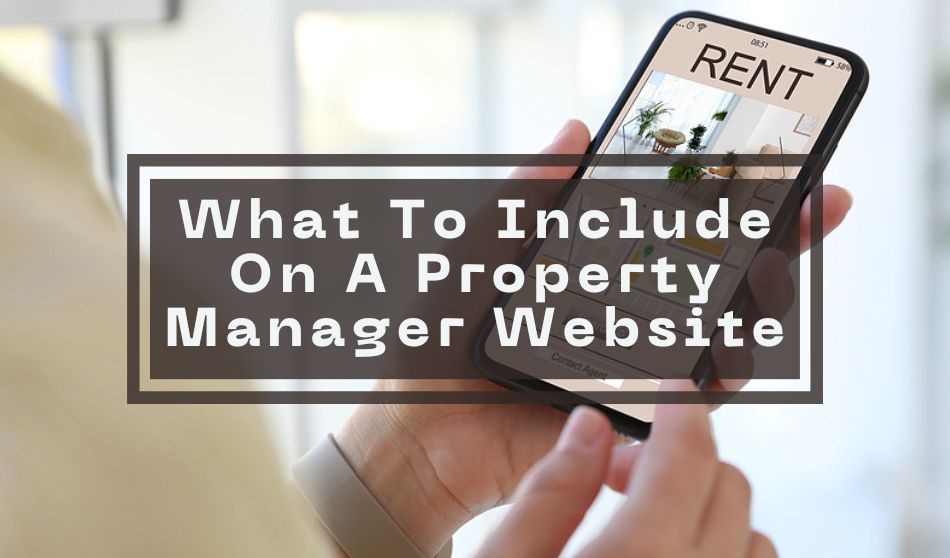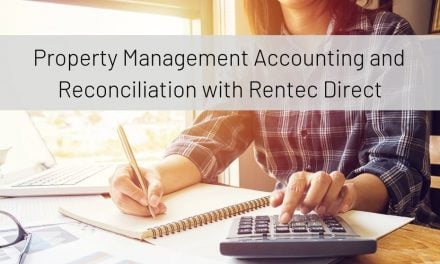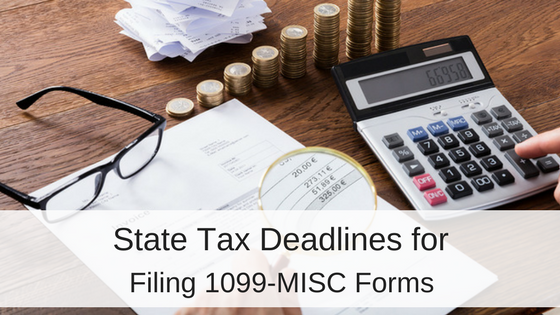
If you’re a property manager, having a website is an essential part of your marketing strategy. A website is a powerful tool that allows potential clients to learn more about your services, view your properties, and contact you. However, it’s not enough to simply create a website – you need to make sure it’s designed to attract and retain customers. Here are some of the key elements to include on your property management website:
Property Listings
Make sure your website includes detailed information about each property, including high-quality photos, descriptions, and pricing. To showcase your current listings, consider including virtual tours or video walk-throughs that will give potential renters a better sense of the property.
Property Management Services
In addition to property listings, it’s important to have a page on your website that outlines your property management services. This section should describe the range of services you offer, such as maintenance, rent payment options, and tenant screening. Be sure to highlight the benefits of working with your company, such as your experience, customer service, and competitive pricing. It may also be helpful to list the services that you do not offer.
About Us Page
An “About Us” page is a great way to introduce your company and provide potential clients with more information about your business. Highlight your company’s values, mission statement, team members, and include what sets you apart from your competitors. If you have awards or accolades, mention them. Photos and bios of your team can help establish a personal connection with visitors to your site too.
Testimonials
Testimonials are a powerful way to build trust, credibility with potential clients, and strengthen your reputation. Including testimonials on your website can help visitors feel more confident in choosing your company. Testimonials from clients are suitable both on your homepage, as well as on dedicated testimonial pages.
Contact Information
You want to make it easy for potential clients to get in touch with you. Publishing your contact information on every page of your website is one way to accomplish this. Contact information should include:
- Your phone number
- Email address
- Physical address
In addition, consider including a dedicated contact form to make it even easier for visitors to get in touch. Doing so can help streamline the process and ensure that requests are handled in a timely manner.
Clear Navigation
The navigation menu is the backbone of your website, allowing visitors to find what they’re looking for easily. Keep your menu simple with clear categories that make sense for your business. Consider including sections for properties for rent, property management services, and contact information.
Frequently Asked Questions (FAQs) Section
An FAQ section can be a helpful resource for prospective clients, providing answers to common questions and concerns about your company and services. In the section you can add answers to questions about pricing, tenant screening, and maintenance requests.
By adding an FAQ page to your website, you’ll be able to save time and reduce the number of inquiries you receive by phone or email. For best results, place questions that are asked more frequently at the top of the list, and make sure you regularly update them.
Blog
A blog is a great way to establish yourself as an authority in the property management industry and can often be helpful in driving more traffic to your website. Use your blog to share industry news and trends, offer tips and advice for landlords and renters, and showcase your expertise.
Mobile Optimization
With more and more people accessing the internet on their mobile devices, it’s critical that your website be optimized for mobile viewing. Design your website with a responsive layout that adjusts to fit different screen sizes. And, to ensure a positive user experience, make sure your website is easy to navigate on both smartphones and tablets.
Social Media Integration
You may already know that social media is a powerful marketing tool for property managers. Including social media links on your website can help visitors connect with your company on different platforms. Integrating social media feeds into your website therefore, can be a huge help in showcasing your most recent posts and activity.
Keywords
The words that people use when searching Google or a different search engine, otherwise known as “keywords” can make a difference in how you rank in search results. To determine which ones will be most successful, use a keyword research tool or enter your own keywords to see which alternate terms pop up. After you’ve compiled a list of keywords to use, include them in strategic places throughout your website’s content.
While there’s no simple trick to reach the top results of search pages, it’s important not to “stuff” keywords into so many places just to gain a higher ranking.
Online Rent Payments
If you allow tenants to pay rent online, you should include a page on your website that outlines the process. Provide instructions on how to set up an account, how to make a payment, and what to do if a payment is missed.
Beyond The Key Elements
Incorporating the above elements are crucial to creating your property management website. However, if your site lacks these basic building blocks it can create a bad user experience for your visitors. To make your website effective, follow these steps.
Use high-resolution images
Users only take about 15 seconds to decide if they will stick around your website or leave. If you want to make a good first impression, choose images that are eye-catching and intentionally placed. Once you’ve selected which images to put on your website, be sure they are responsive and work on multiple mobile screens.
Text Placement
Like images, text placed in the right place can make a big impact. Placing the most important information above the scroll point will help get your message across to visitors quickly. Another factor to keep in mind is the color of text. Use colors that make it easy to read text against its background.
White Space
Less is more, and so is the case for good website design as well. Too much clutter on your homepage or other pages of your website can disrupt a reader’s attention and focus or worse, cause them to leave the site altogether. Instead of cramming in text, give text blocks ample space, and make sure other design elements, such as buttons, have enough breathing room.
CTAs
CTAs, or “call to action” buttons, should be clear and direct to initiate the visitor to take action. They most commonly appear in contact forms, but should also be used for application submissions, or in other places to encourage higher click-through rates.
Building Your Property Management Website
A property manager website is an indispensable tool for marketing your business and attracting new clients. By including key elements, you can create a website that is both informative and user-friendly. Not only is it crucial for operating your business, but it also serves as a portal for website visitors to find you, connect with you, and much more.







During an inspection by the H.U.D. inspectors and the building maintanence person finds a small amount of marijuana is that grounds for eviction?